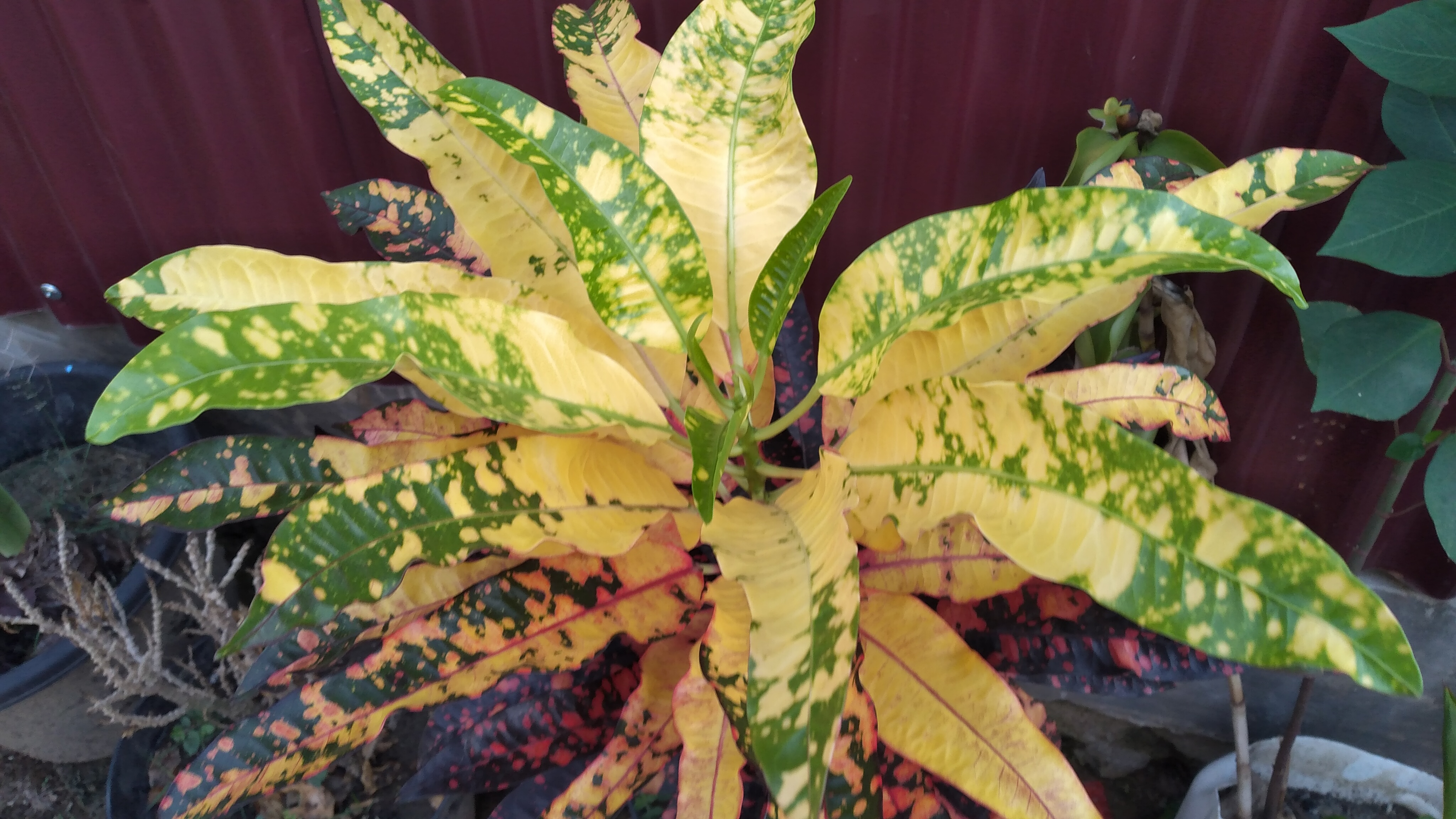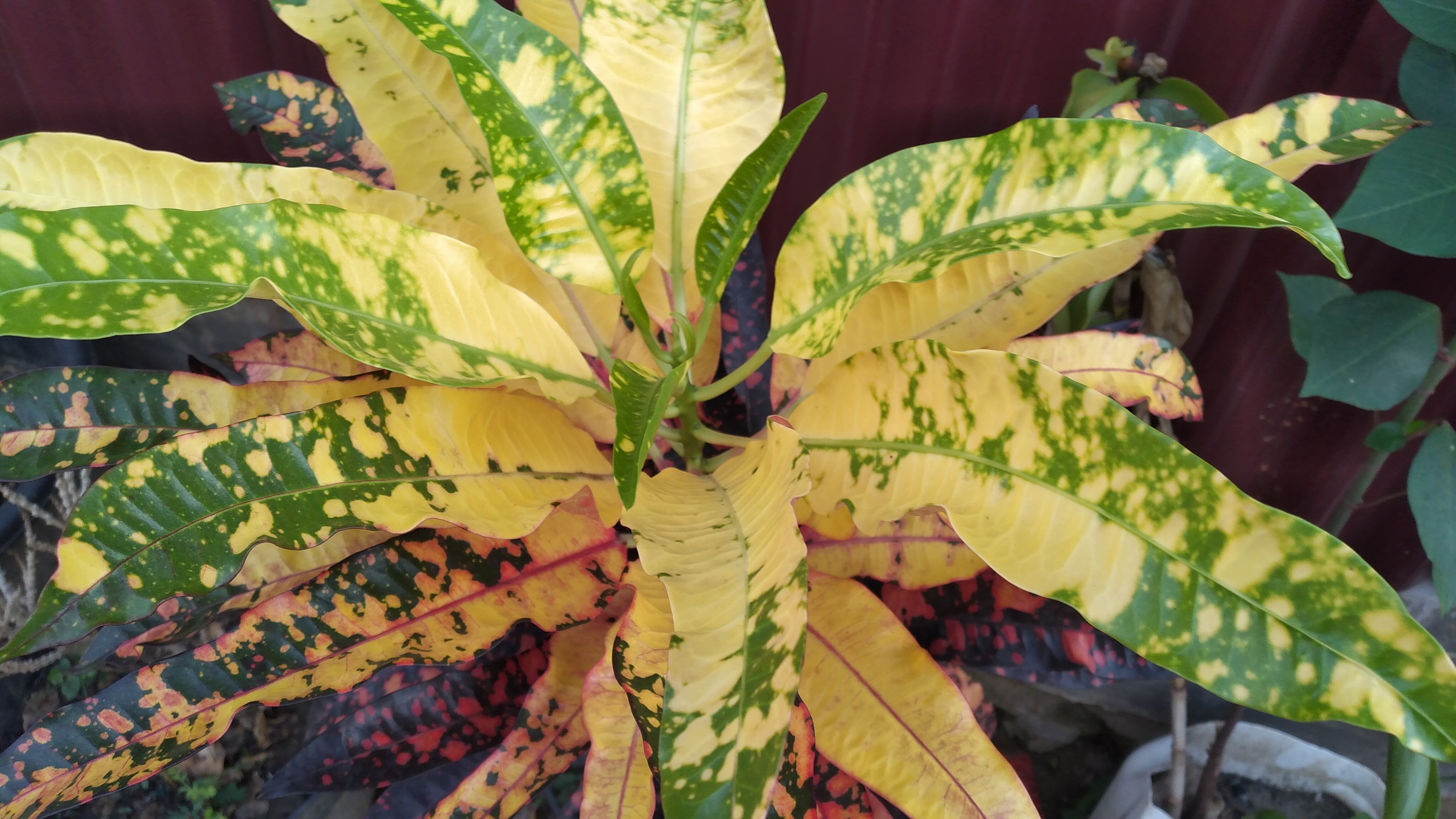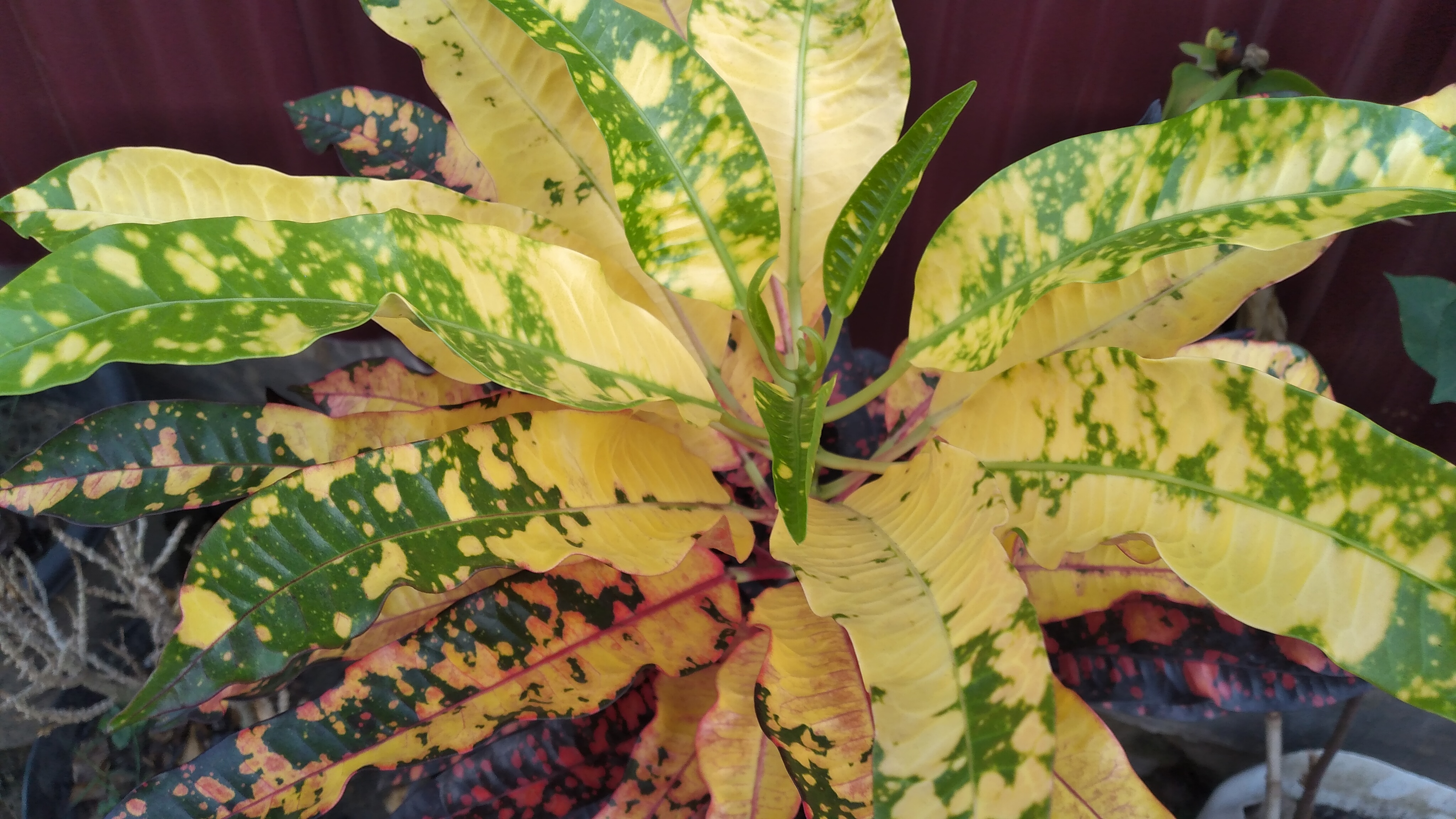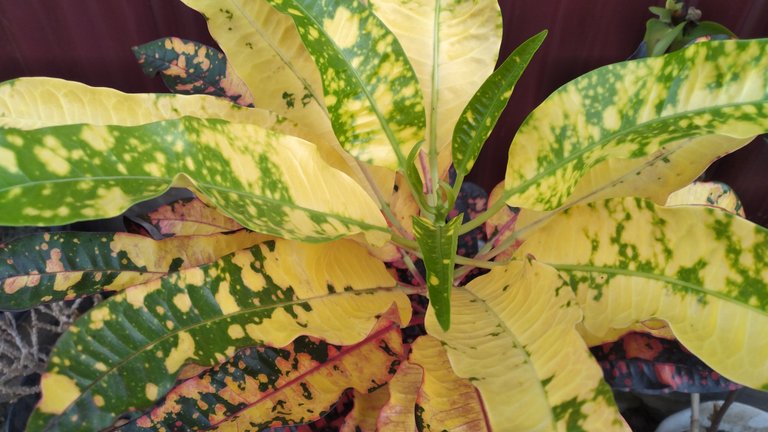
The croton plant (Codiaeum variegatum) or usually known as croton is an ornamental plant that is currently liked by many people. Due to the shape, pattern and color variations of green, orange, yellow, red, purple and other mixtures, the croton plant is used as an ornamental plant. This plant can be a symbol to express feelings of joy or sorrow. Plant lovers will like it because of its varied colors. In fact, it is not uncommon for ornamental plant fans to be willing to spend millions of rupiah and collect ornamental plants.
In Indonesia, the croton plant itself has different names in each region, in Batak it is known as siloastam, in Java and Madura it is known as keraton, in Nusa Tenggara it is known as demung, in Kalimantan it is known as uhung and dolok. , in Sulawesi it is called dendiki, while in West Sumatra and Lampung.
With the large population of ornamental croton plants that exist, a breeder needs to take steps to ennoble a plant, namely by providing breeding material by caring for it. There are many classifications, types and benefits of the Croton plant itself.

LEAF
As the main attraction, the morphology of croton leaves has many variations in shape, pattern and color. The shape of croton leaves is very diverse and unique, some of them are spiral shaped, some are long like a tie, some are like jengkol fruit, some are round like an apple, some are like a spoon and some are like a jet plane. The unique shape of the leaves is enhanced by the abstract motifs and bright colors that decorate the croton leaves.
STEM
The stem of the croton plant is a single stem with few branches. In the wild, croton stems can grow up to five meters high. The woody stems and branches make croton very suitable for propagation using grafts and stem cuttings. Flowers Croton flowers appear in rows on flower clusters that grow at the top of the plant. When they have not yet bloomed, the morphology of croton flowers is small round. When it blooms, the number of flowers varies, some have five, but some have up to a dozen. The color of croton flowers also varies, depending on the type of croton.
ROOT
Croton roots consist of fibrous roots. Roots like this are needed by crotons to withstand strong winds, considering that in nature crotons can grow up to five meters.
BENEFIT
Croton plants are widely cultivated as ornamental plants which have beautiful leaf patterns. Several types of croton plants have beautiful shapes, colors and leaf patterns that are very varied and attractive. Not only is it known as an ornamental plant, this croton plant also has health benefits. There are many ingredients in it, so it is used as a herbal plant. Here are some of the benefits of the croton plant for health.



